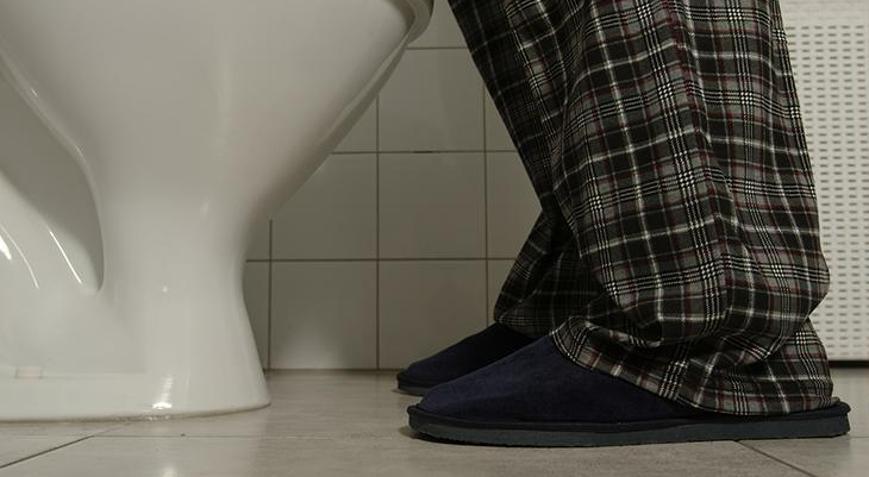What is Labor? Stages of Birth & Tips for a Comfortable Delivery
Learn the stages of labor, how to recognize real contractions, when to go to the hospital, and how to move and breathe effectively during birth. Practical hospital bag checklist included.

1. What is Labor and How Does It Progress?
Labor is the physiological process through which the baby exits the womb, achieved by the collaborative effort of both the mother and the baby. While labor is mostly natural, some cases may require medical intervention. There are 3 main stages of labor:
First Stage: Begins with regular uterine contractions and ends when the cervix is fully dilated. This stage is divided into three phases:
-
Early Labor: Mild contractions begin, and the cervix gradually thins and opens up to 3 cm.
-
Active Labor: Contractions become more intense and frequent; the cervix dilates up to 7 cm.
-
Transition Phase: Cervix reaches 10 cm, preparing for the baby's descent.
Second Stage: This is when the baby is pushed through the vaginal canal. With proper breathing techniques and muscle engagement, this phase can last from a few minutes to a few hours.
Third Stage: The final stage involves the delivery of the placenta. Uterine contractions continue to help expel the placenta and control bleeding.
2. Is It False Labor or Real Labor?
False contractions (e.g., Braxton Hicks) often occur in late pregnancy. They are:
-
Irregular
-
Ease with position change
-
Usually less intense
True labor contractions:
-
Are regular (e.g., every 15-20 mins, becoming closer)
-
Grow stronger over time
-
Do not stop with movement or rest
3. When Should I Go to the Hospital? (The 5-1-1 Rule)
Use the 5-1-1 rule to guide you:
-
Contractions are 5 minutes apart
-
Each lasts 1 minute
-
This pattern continues for at least 1 hour
Also go to the hospital if your water breaks or you notice vaginal bleeding.
4. What to Do When Labor Starts
-
Stay Calm: Relaxation helps your uterus work effectively.
-
Track Contractions: Note the frequency and duration.
-
Contact Your Midwife: They can check cervical dilation and guide you.
-
Eat Light Snacks: Maintain energy with easily digestible foods.
5. Before You Start Labor Exercises
-
Sync With Contractions: Exercise during rest periods.
-
Don’t Overdo It: Pause if you feel discomfort.
-
Ask for Support: Your partner or midwife can help.
6. Movements That Promote Comfort & Progress in Labor
a. Pelvis Inlet Openers:
-
Get on hands and knees and gently rock forward and back (use a birth ball).
-
Keep shoulders relaxed and arms soft.
b. Mid-Pelvis Openers:
-
Deep squats (with partner support).
-
Side-lying with upper leg supported.
c. Pelvis Outlet Openers:
-
Gentle pelvic circles on hands and knees.
-
Hip stretches (e.g., cat-cow pose).
7. Relaxation Techniques During Labor
-
Diaphragmatic Breathing: Inhale through the nose, let the belly rise, exhale slowly through the nose.
8. Partner-Supported Movements
-
Lower back massage
-
Supported rotational movements
9. What to Pack in Your Hospital Bag
For Baby:
-
Soft, cotton clothes (onesies, bodysuits)
-
Diapers and blankets
-
Bottle and wet wipes (if needed)
For Mom:
-
Underwear, comfy slippers, and nightgown
-
Maternity pads, nursing bra
-
Lip balm, snacks, and water bottle
Final Note: Every birth tells a unique story. This guide helps you approach childbirth with knowledge and confidence. Trust your body, stay present, and embrace this magical journey. Birth is not just an end—but a beautiful beginning.











.jpg)















